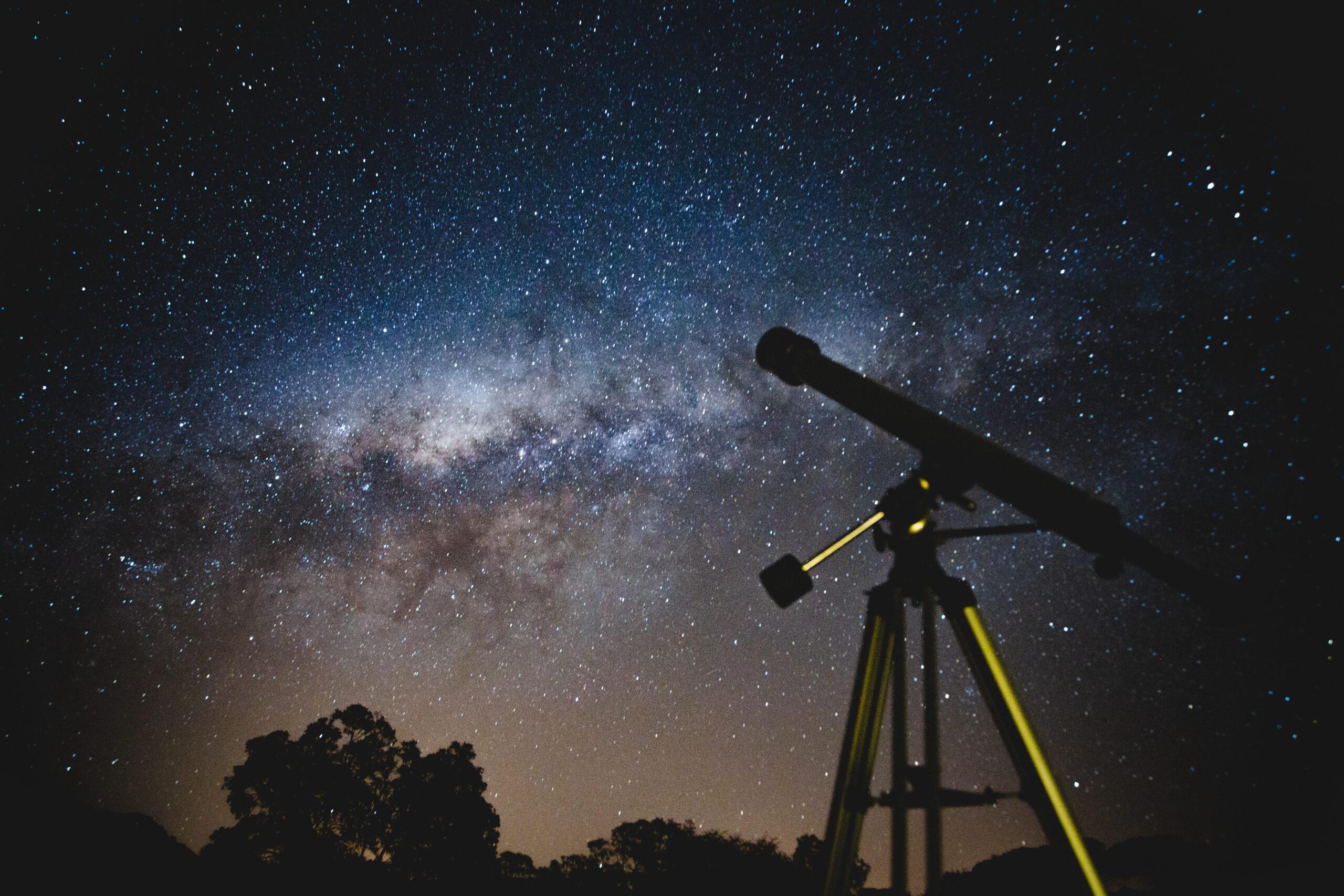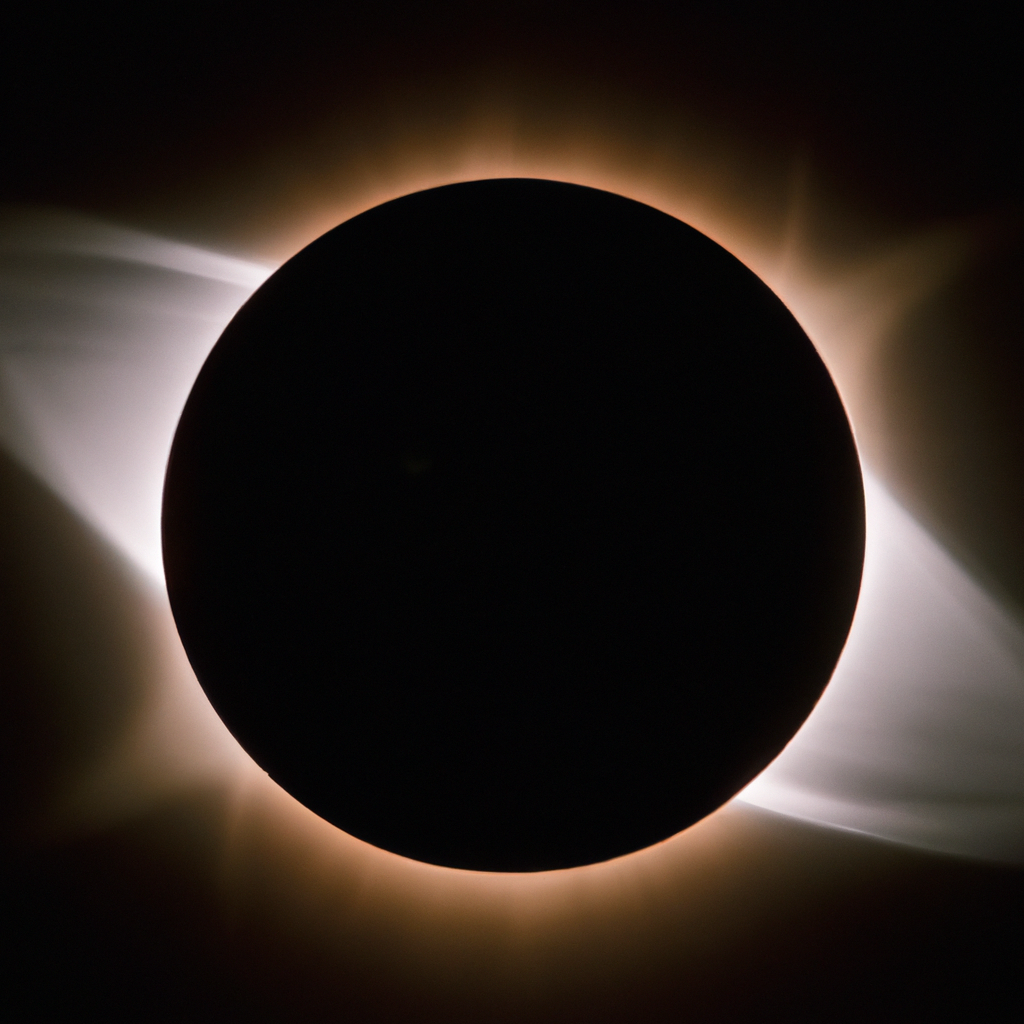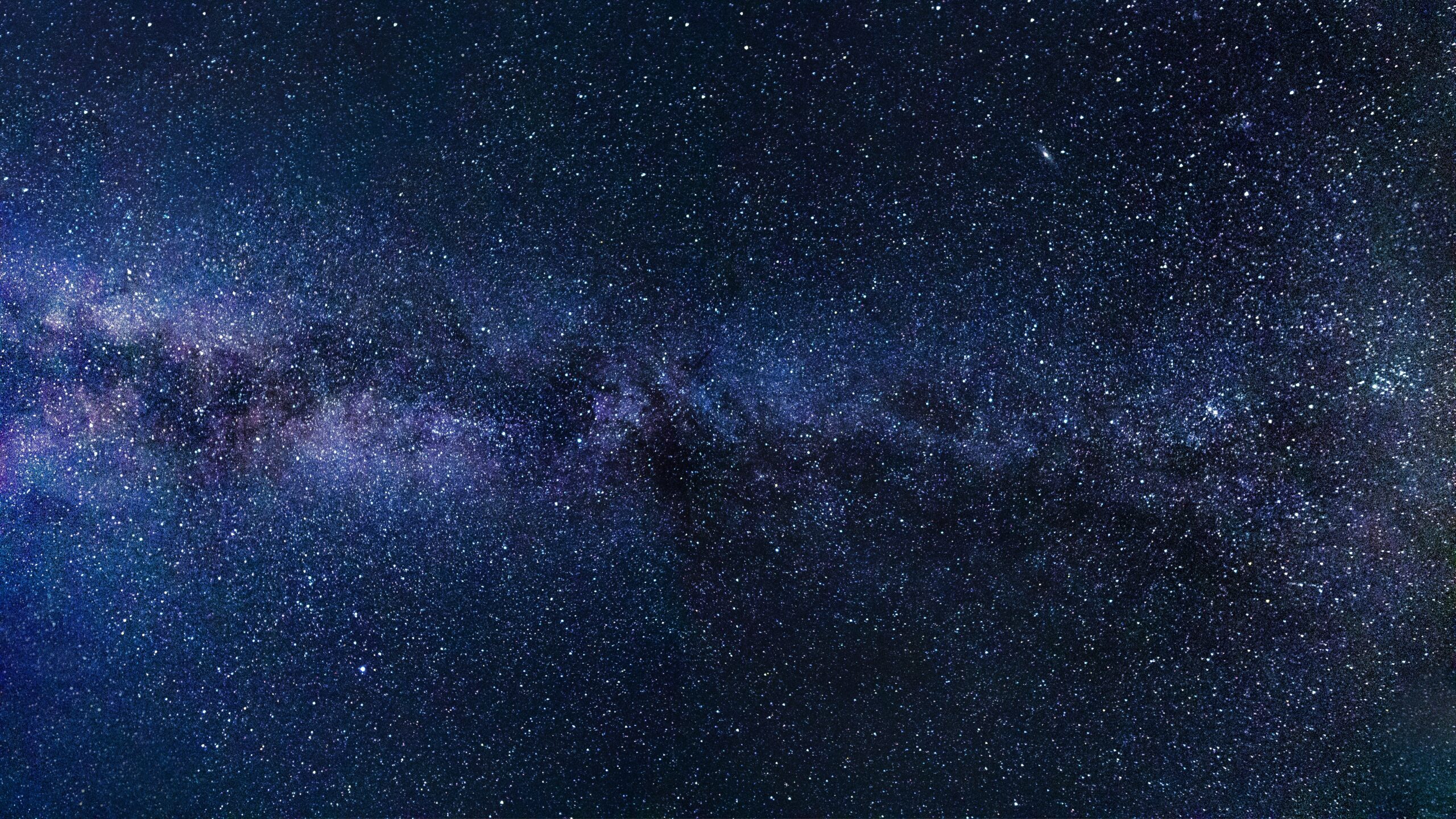Imagine being able to tap into the immense energy of solar and lunar eclipses, harnessing their power to fuel our everyday lives. It may sound like something out of a science fiction movie, but scientists and researchers are actively exploring the potential of these celestial events to provide sustainable and renewable energy sources. Solar eclipses, where the moon passes between the Earth and the sun, have already shown us glimpses of their energy generation capabilities, while lunar eclipses, where the Earth casts its shadow on the moon, hold untapped potential waiting to be harnessed. In this article, we will explore the fascinating world of harnessing the power of solar and lunar eclipses, and how it could revolutionize the way we generate sustainable energy for a brighter future.

This image is property of images.pexels.com.
Solar Eclipse
Definition and Types of Solar Eclipses
A solar eclipse occurs when the Moon passes between the Sun and the Earth, blocking the Sun’s light and casting a shadow onto the Earth’s surface. There are three types of solar eclipses: total, partial, and annular.
During a total solar eclipse, the Moon completely covers the Sun, creating a breathtaking spectacle where the Sun’s corona, or outer atmosphere, becomes visible. Partial solar eclipses occur when only a portion of the Sun is blocked by the Moon, resulting in a crescent shape. Annular solar eclipses happen when the Moon is farthest from the Earth, causing it to appear smaller than the Sun and creating a ring of fire effect.
Occurrence and Frequency
Solar eclipses are relatively rare events, occurring on average about once every 18 months. The frequency, however, can vary depending on the region. Some places may experience multiple eclipses within a short period while others may go years without witnessing one. This is due to the specific alignment required for the Moon, Earth, and Sun to create an eclipse.
Effects on Earth’s Atmosphere and Climate
During a solar eclipse, the sudden decrease in sunlight can have noticeable effects on the Earth’s atmosphere and climate. The rapid cooling of the air can cause a drop in temperature, and the decrease in solar radiation can lead to a reduction in atmospheric pressure. These changes can influence weather patterns, causing a temporary disruption in wind patterns and potentially affecting cloud formation.
Lunar Eclipse
Definition and Types of Lunar Eclipses
A lunar eclipse occurs when the Earth passes between the Sun and the Moon, casting a shadow on the Moon’s surface. Similar to solar eclipses, there are three types of lunar eclipses: total, partial, and penumbral.
During a total lunar eclipse, the Earth’s shadow completely covers the Moon, giving it a reddish hue, often referred to as a “blood moon.” Partial lunar eclipses happen when only a portion of the Moon is covered by the Earth’s shadow. Penumbral lunar eclipses occur when the Moon passes through the Earth’s faint outer shadow, resulting in a subtle darkening of the Moon’s surface.
Occurrence and Frequency
Unlike solar eclipses, lunar eclipses are visible from anywhere on the nighttime side of the Earth. They tend to occur more frequently, with at least two lunar eclipses happening each year. However, not all lunar eclipses are visible from a specific location, as the Moon’s position and the Earth’s shadow play a role in their visibility.
Effects on Earth’s Tides and Weather Patterns
Lunar eclipses have a noticeable impact on the Earth’s tides. The gravitational pull of the Moon is the primary driver of tides, and during a lunar eclipse, the alignment with the Sun and Earth can cause variations in tidal patterns. This phenomenon is known as a “spring tide” and can lead to higher or lower than usual tides depending on the timing of the eclipse. Additionally, some studies suggest that lunar eclipses may also have indirect effects on weather patterns, although the exact mechanisms are still being researched.
Historical Significance
Ancient Cultures and Beliefs
Solar and lunar eclipses have held great significance in various ancient cultures around the world. Many early civilizations developed myths, beliefs, and rituals surrounding these celestial events. In ancient China, people believed that a dragon was devouring the Sun or Moon during an eclipse, leading to the practice of banging pots and drums to scare the dragon away. The Aztecs of Mesoamerica saw eclipses as a sign of impending doom and conducted human sacrifices to appease the gods.
Mythologies and Folklore
Solar and lunar eclipses have often been interpreted as symbolic events in various mythologies and folklore. In Norse mythology, it was believed that a pair of wolves chased the Sun and Moon, causing eclipses when they caught up with their prey. In Hindu mythology, the demon Rahu was beheaded during a celestial gathering, and his head, representing the shadow, swallows the Sun or Moon, resulting in an eclipse.
Scientific Discoveries
Throughout history, solar and lunar eclipses have played a crucial role in advancing scientific knowledge. In 1543, Polish astronomer Nicolaus Copernicus used observations of lunar eclipses to support his heliocentric model of the solar system, challenging the prevailing geocentric view. In 1919, Sir Arthur Eddington used a total solar eclipse to confirm Einstein’s theory of general relativity by observing the deflection of starlight passing close to the Sun.
Solar Eclipse Viewing
Safety Measures
Viewing a solar eclipse requires taking precautions to protect your eyes from the Sun’s harmful rays. It is essential never to look directly at the Sun without proper eye protection, as this can lead to permanent eye damage or blindness. The safest way to view a solar eclipse is through certified solar filters or eclipse glasses that meet international safety standards.
Recommended Viewing Tools
Apart from eclipse glasses, other recommended tools for viewing a solar eclipse include solar telescopes, specifically designed to observe the Sun. These telescopes have built-in filters that block out most of the Sun’s light, allowing for detailed observations of the Sun’s surface and the corona during a total solar eclipse. Camera filters and solar binoculars are also popular among eclipse enthusiasts, providing a unique perspective of the eclipse phenomenon.
Popular Viewing Locations
Solar eclipses attract people from all over the world, eager to witness this awe-inspiring event. Some popular locations for viewing solar eclipses include the Great American Eclipse of 2017, where millions of people flocked to a path of totality that spanned across the United States. Other destinations, such as Chile, Argentina, and Easter Island, are also known for their ideal conditions for observing solar eclipses.

This image is property of images.pexels.com.
Lunar Eclipse Viewing
Visibility and Timing
Lunar eclipses are often visible from large areas of the Earth, making them more accessible to the general public. The visibility of a lunar eclipse depends on the phase of the Moon and the timing of the eclipse. It is important to check the local lunar eclipse charts and determine the best time to observe the eclipse in your region.
Enhancing Visibility with Telescopes
While lunar eclipses are visible with the naked eye, using a telescope can enhance the viewing experience and provide a closer look at the Moon’s surface during the eclipse. Telescopes allow observers to study the details of lunar craters, mountains, and other features that may be obscured by the brightness of the full Moon during regular nights.
Best Locations for Observation
Lunar eclipses can be enjoyed from various locations around the world. Choosing a location with clear skies, minimal light pollution, and a good view of the eastern horizon is ideal for maximizing the viewing experience. Parks, observatories, and high-elevation areas offer excellent vantage points for observing the lunar eclipse.
Energy Generation Potential
Solar Eclipses and Electricity Generation
Solar eclipses have a significant impact on solar power generation. During a total solar eclipse, the sudden reduction in sunlight can cause a temporary decrease in solar power production, affecting regions that heavily rely on solar energy. However, advancements in energy storage technologies and grid management systems have helped mitigate the challenges associated with intermittent solar generation during eclipses.
Harnessing Lunar Eclipses for Energy
Unlike solar eclipses, lunar eclipses do not have a direct impact on energy generation. The Moon does not emit its own light, and the reflection of sunlight during a lunar eclipse is significantly reduced. Therefore, harnessing lunar eclipses for energy generation is not currently a viable option.
Challenges and Limitations
Harnessing the power of eclipses for energy generation comes with several challenges and limitations. Solar eclipses are relatively short-lived events, lasting only a few minutes in any given location. This makes it difficult to rely solely on this intermittent source for continuous energy production. Additionally, the geographical and temporal limitations of eclipses make them unreliable sources for large-scale energy generation.

This image is property of images.pexels.com.
Applications in Astronomy
Studying the Sun’s Corona during Solar Eclipses
Solar eclipses provide a unique opportunity for astronomers to study the Sun’s corona, the outermost layer of the Sun’s atmosphere. The bright light from the Sun usually obscures the corona’s details, but during a total solar eclipse, the Moon’s shadow allows scientists to observe and study this elusive region. These observations help improve our understanding of solar activity, such as solar flares and coronal mass ejections, which can impact Earth.
Mapping Lunar Craters and Landforms during Lunar Eclipses
Lunar eclipses offer a chance for astronomers and researchers to analyze the Moon’s surface in greater detail. The Earth’s shadow covers portions of the Moon during a lunar eclipse, providing a contrasting backdrop for mapping and studying lunar craters, rock formations, and other landforms. These observations contribute to our knowledge of the Moon’s geological history and aid in planning future lunar exploration missions.
Discoveries and Findings
Solar and lunar eclipses have led to numerous scientific discoveries throughout history. From measuring the size of the Earth to confirming the theory of relativity, eclipses have played a crucial role in advancing our understanding of the universe. These celestial events continue to inspire researchers and astronomers, paving the way for further exploration and scientific breakthroughs.
Astrological Interpretations
Historical Astrology Beliefs
In ancient astrological beliefs, solar and lunar eclipses were often seen as omens and symbolic events. Astrologers interpreted these celestial phenomena as indications of significant changes, both personally and globally. Eclipses were thought to mark the end of one phase and the beginning of another, often associated with transformation, endings, new beginnings, or shifts in power and authority.
Modern Perspectives
In modern astrology, solar and lunar eclipses are still believed to hold significance, but their interpretations may vary. Some astrologers view eclipses as times of intense energy and change, encouraging personal growth and transformation. Each eclipse is seen as having its unique astrological influence, depending on the zodiac signs involved and the aspects to other planets.
Controversies and Skepticism
Astrological interpretations of eclipses have faced skepticism and criticism from the scientific community. Astrology is not considered a scientific discipline, and the influence of celestial events on human behavior is based on subjective beliefs rather than empirical evidence. While eclipses may hold symbolic value in astrology, it is important to approach such interpretations with a critical mindset and rely on scientific explanations for the observed phenomena.

Cultural Significance
Festivals and Celebrations
Solar and lunar eclipses have been celebrated and commemorated in various cultures worldwide. Festivals and gatherings are held during these celestial events, often involving community rituals, music, dance, and storytelling. These celebrations serve as a way for people to come together, appreciate the wonders of the universe, and connect with their cultural heritage.
Symbolism in Art and Literature
Solar and lunar eclipses have captivated the imagination of artists and writers throughout history. Their symbolic significance is often depicted in paintings, sculptures, and literary works. Eclipses are seen as powerful metaphors for change, mystery, and the duality of light and darkness. From ancient cave art to modern masterpieces, these celestial events continue to inspire creativity and artistic expression.
Influence on Cultural Practices
Eclipses have influenced cultural practices in various ways. In some societies, eclipses are considered sacred or taboo, and specific rituals may be performed during these times. For example, in Hindu culture, pregnant women are advised to stay indoors during an eclipse to protect the unborn child from negative influences. In contrast, other cultures embrace eclipses as a time for reflection and personal growth, encouraging individuals to set intentions and make positive changes in their lives during these transformative periods.
Future Research and Exploration
Advancements in Eclipse Prediction
Continued research and innovation in the field of astronomy are leading to advancements in predicting and understanding eclipses. Scientists are developing models and simulations to forecast eclipses more accurately, taking into account various factors such as the Earth’s rotation, the Moon’s orbit, and the Sun’s activity. With improved prediction capabilities, astronomers can further study the effects of eclipses and plan observational campaigns to gather valuable data.
Exploring Lunar Eclipses with Robotic Missions
Robotic missions to the Moon offer exciting opportunities to explore and observe lunar eclipses from a closer perspective. By deploying spacecraft equipped with advanced imaging instruments, scientists can capture high-resolution images and collect data during lunar eclipses. These missions can provide valuable insights into the Moon’s geology, atmosphere, and the interactions between the Earth and the Moon during eclipses.
Space-based Observatories
Advancements in space-based observatories are revolutionizing our ability to study eclipses and other celestial events. Telescopes and satellites positioned in orbit around the Earth or other celestial bodies offer uninterrupted views and access to regions where ground-based observations are challenging. Space-based observatories can provide valuable data on the Sun’s corona, the Moon’s surface, and the impact of eclipses on Earth’s atmosphere, contributing to our understanding of these celestial phenomena.
In conclusion, solar and lunar eclipses hold immense significance and fascination for people around the world. From their scientific implications to cultural and historical interpretations, these celestial events continue to captivate and inspire. As our understanding of eclipses deepens and technology advances, we can look forward to further discoveries, celebrations, and exploration of these remarkable phenomena.




